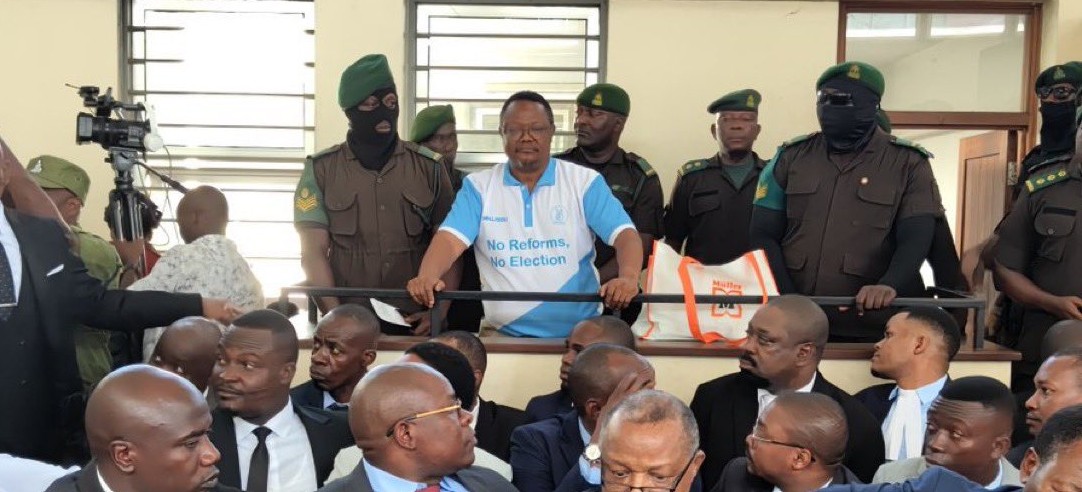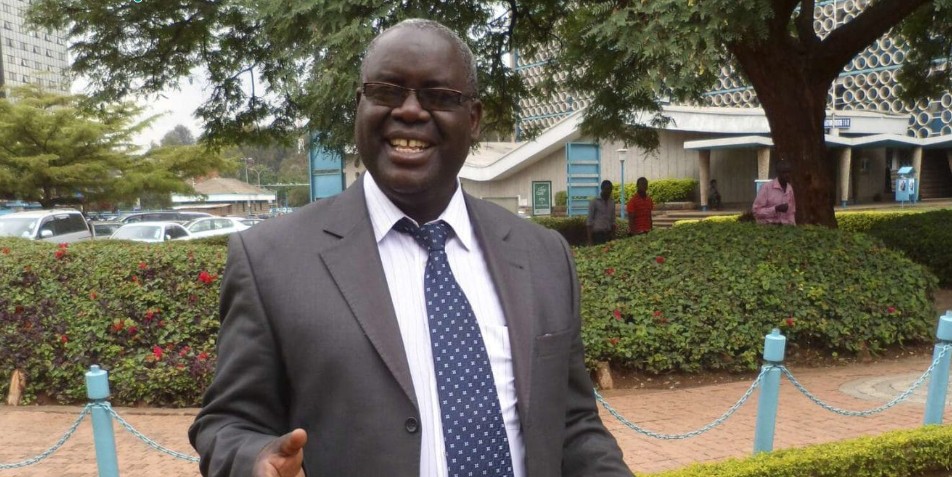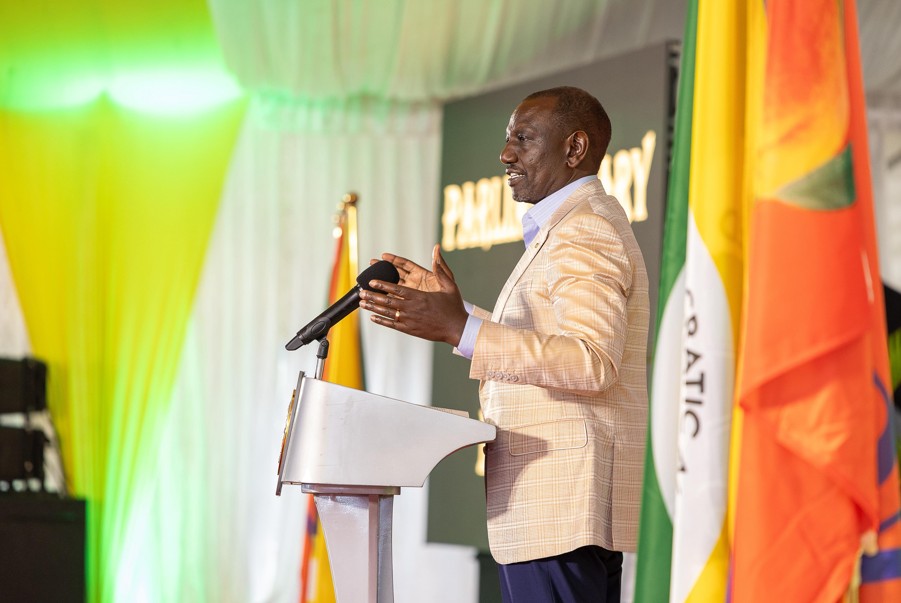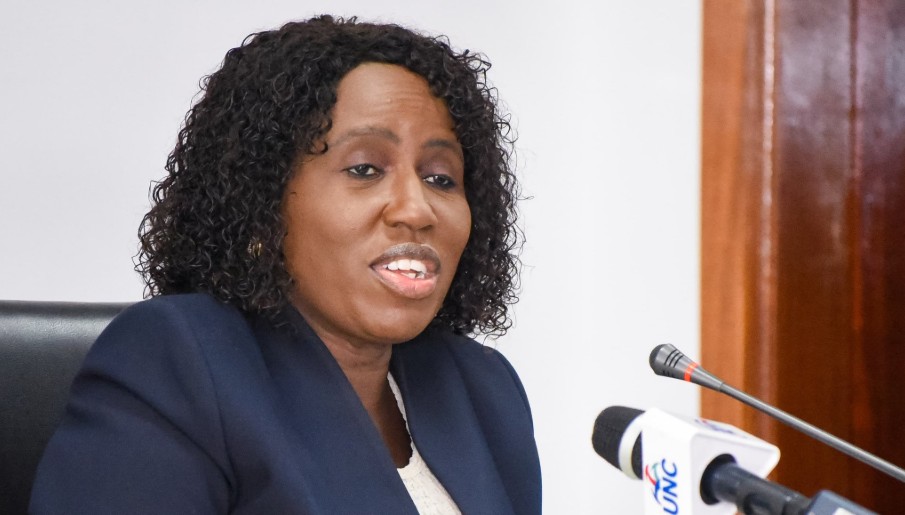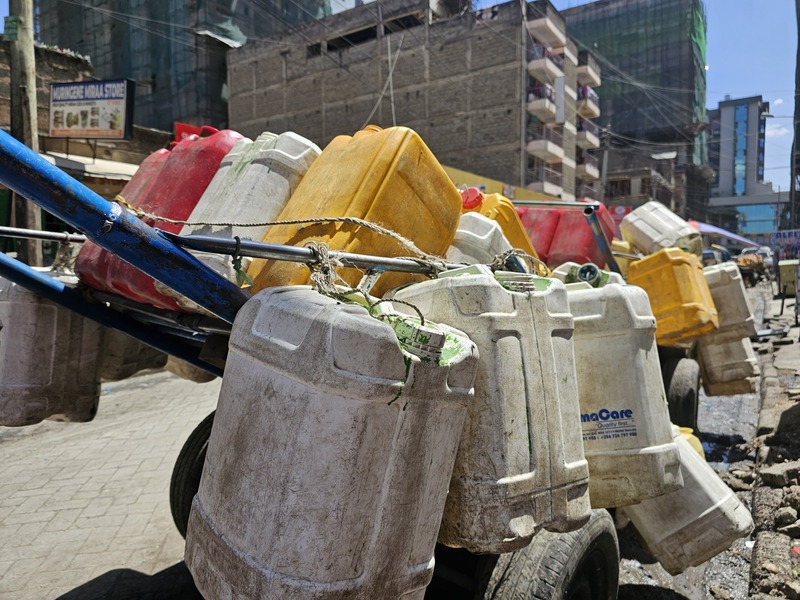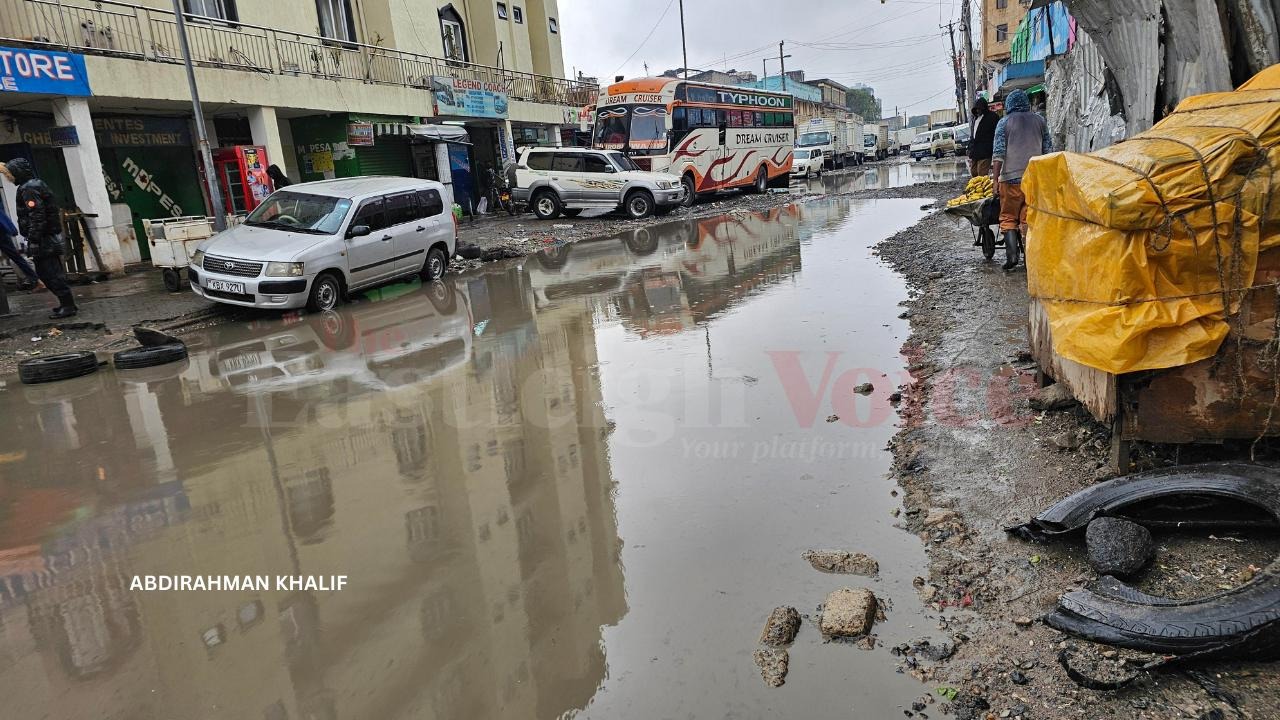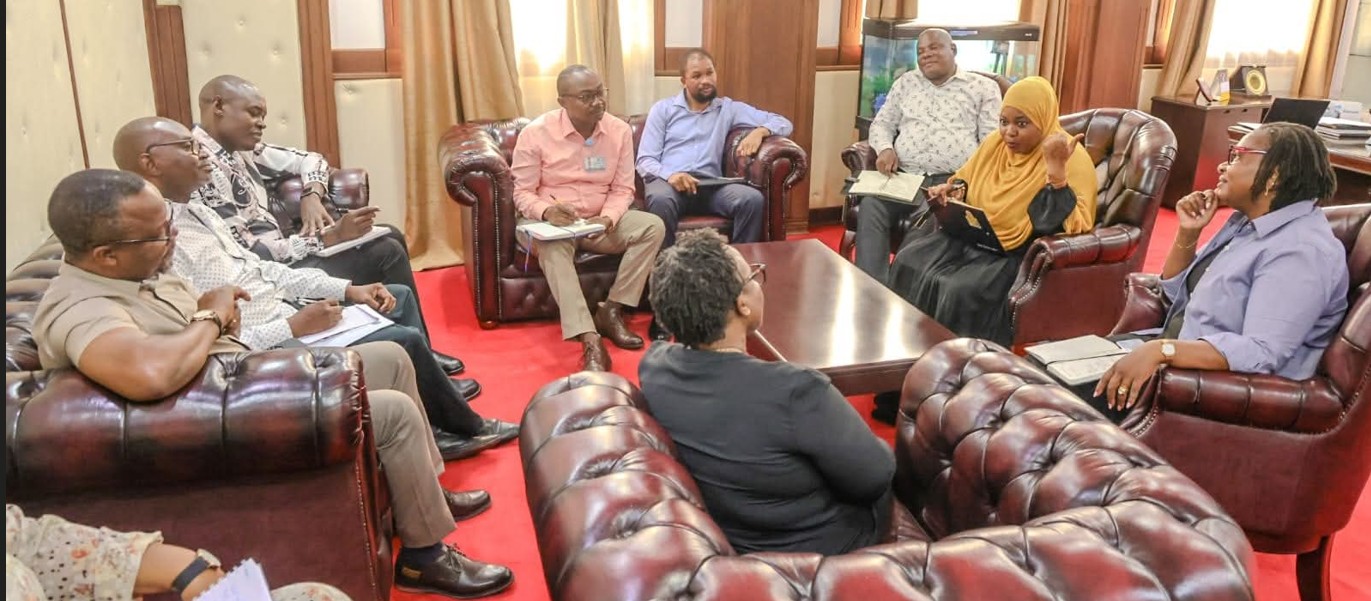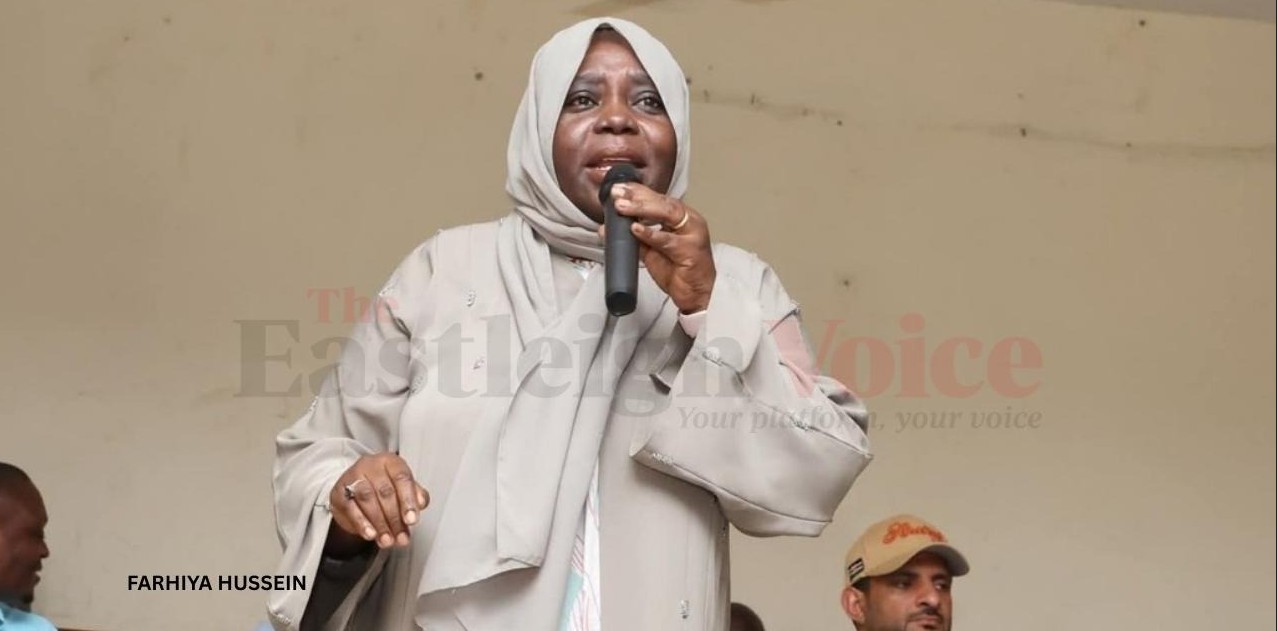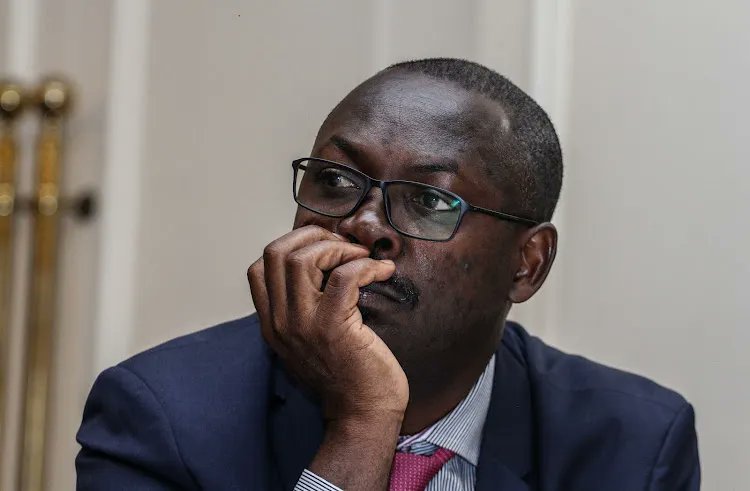Somalia water crisis: Funding cuts leave 300,000 without safe water as cholera cases surge
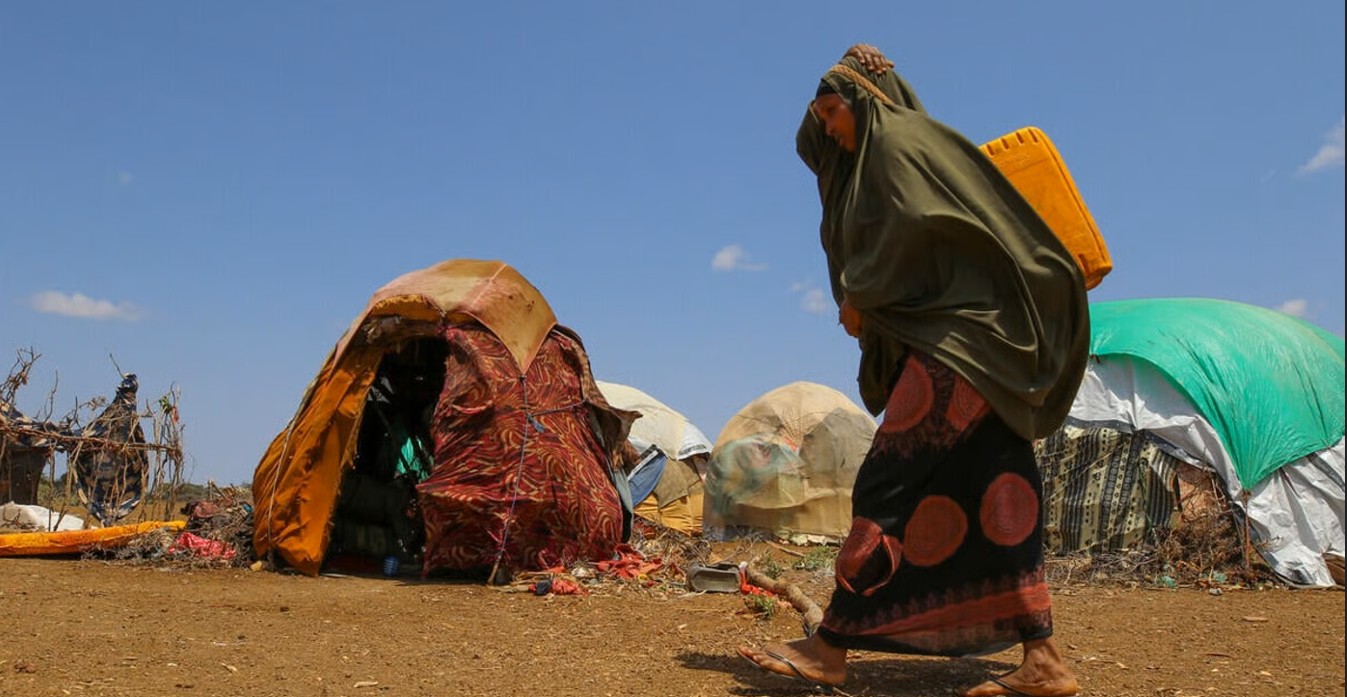
Severe funding cuts have reduced the humanitarian reach by 72 per cent, with agencies now aiming to support just 1.3 million people at a cost of $367 million.
Over 300,000 people in Somalia — mostly displaced families in overcrowded camps and rural communities — have lost access to safe water, leaving them struggling to survive amid a surge in preventable diseases such as cholera and acute watery diarrhoea.
According to the Norwegian Refugee Council (NRC), the crisis has worsened as humanitarian funding falls far below what is needed, forcing aid agencies to cut back on lifesaving water and sanitation services.
More To Read
- Somalia’s education crisis: Why so few children attend school and what could be done to change that
- Your phone is covered in germs: Tech expert explains how to clean it without doing damage
- Governor Sakaja blames legacy system for Nairobi’s Sh8.6 billion water loss
- No mega dams completed yet despite government pledge, Water CS Eric Mugaa
- Africa’s freshwater ecosystems depend on little creatures like insects and snails: Study maps overlooked species
- You’re not cleaning your tiled, wooden floors properly - here’s how to do it right
Funding for water, sanitation and hygiene (WASH) currently stands at less than 12 per cent of requirements, NRC said, leaving agencies with “agonising choices” as needs skyrocket.
At the start of 2025, the United Nations launched a $1.42 billion appeal to assist 4.6 million people in Somalia. So far, only 17 per cent of that target has been met.
Severe funding cuts have reduced the humanitarian reach by 72 per cent, with agencies now aiming to support just 1.3 million people for $367 million.
“The scale down of the humanitarian response in Somalia does not mean fewer people need aid; it means more than three million Somalis will be left to fend for themselves,” said Mohamed Abdi, NRC’s Country Director in Somalia.
“These cuts are costing lives. We are already seeing a deadly rise in waterborne diseases, especially among children under five. Families are walking for hours to find water, often dirty and unsafe, because the water points they once depended on have gone dry.”
Cholera cases
From January to July this year, Somalia recorded more than 6,550 cases of cholera and acute watery diarrhoea, including nine deaths, according to NRC. Over 1,000 new cases were reported in the past month alone, with nearly two-thirds considered severe and half involving children under five.
These outbreaks have coincided with drastic reductions in lifesaving services. NRC reports that over 150 health facilities have closed due to the collapse of linked water and sanitation systems. In Southwest State, the number of mobile health teams has dropped from 74 to just 25, leaving vast populations without healthcare access.
“The crisis disproportionately affects the most vulnerable: internally displaced people in camps and rural host communities already struggling with years of drought, conflict, and poverty. The hardest-hit regions include Bay, Bakool, Gedo, Galgaduud, Hiraan, Mudug, and Lower Shabelle, where many humanitarian-run water systems have become non-functional due to lack of funding,” NRC said.
Drought has also dried up wells and reduced borehole yields across several regions. In drought-hit areas, water prices have nearly doubled — from $70 to $130 per 10,000 litres — pushing it beyond the reach of many families.
Authorities in Puntland are seeking aid for 800,000 people whose water sources are depleted, while Somaliland has declared a drought emergency affecting 650,000 people.
“Somalia is being pushed to the brink by the combined impact of relentless conflict, climate extremes, and a sharp drop in international support,” Abdi said.
“We are seeing the human cost of inaction every day, in the suffering of children too weak to walk, in the empty jerrycans, and in the avoidable deaths from waterborne diseases. This is a man-made disaster that can still be prevented.”
Top Stories Today
Reader Comments
Trending

